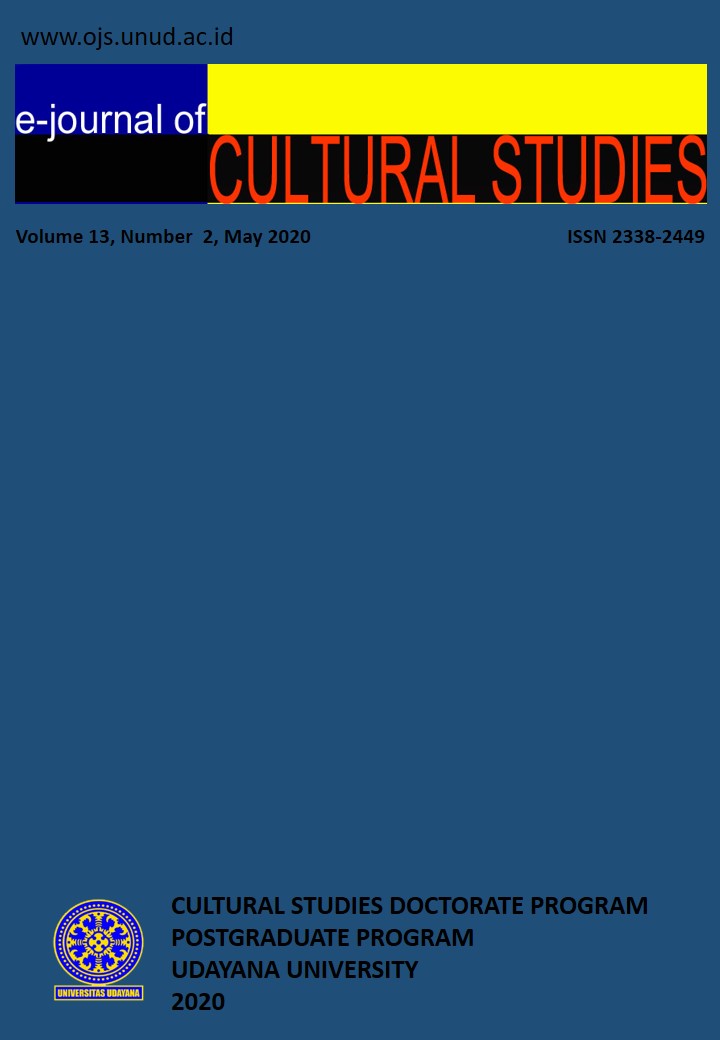FACTORS AND IMPLICATIONS OF REMOVING OF COLONIAL BUILDINGS IN SINGARAJA CITY
Abstract
The swift flow of development and the demands of globalization seemed to be the destroyer of colonial buildings in Singaraja City, so that its existence was increasingly marginalized. This phenomenon is a serious problem because it can have implications for the existence of colonial buildings which are a reflection of historical events. The purpose of this study was to determine the forms and backgrounds of marginalization, as well as the implications of the alienation of colonial buildings in Singaraja City. The method of data collection is done by observation, interviews, and literature study. The theories used in this research are the theory of power relations, hegemony theory, and deconstruction theory. The results showed that the form of marginalization of colonial buildings, namely unfair treatment by the government and the community in the form of monasticism of the condition of buildings that were damaged, both minor, moderate or severe damage, even many of which were demolished were replaced by new buildings with other uses. Although, there are things that are tried to be repaired, but they are patchy so that it looks shabby and removes its authenticity. Factors leading to marginalization include the development of urban communities, the indifference of local governments, and the insistence of global capitalist interests. This condition is related to the practice of power and hegemony which is very strong in the people's mindset, that it seems as if there are no victims. This then has implications, namely the loss of historical evidence, urban identity, and the diminishing love of the younger generation for the importance of cultural heritage.
Keywords: colonial buildings, marginalized, power, hegemony, capitalists, city identity







